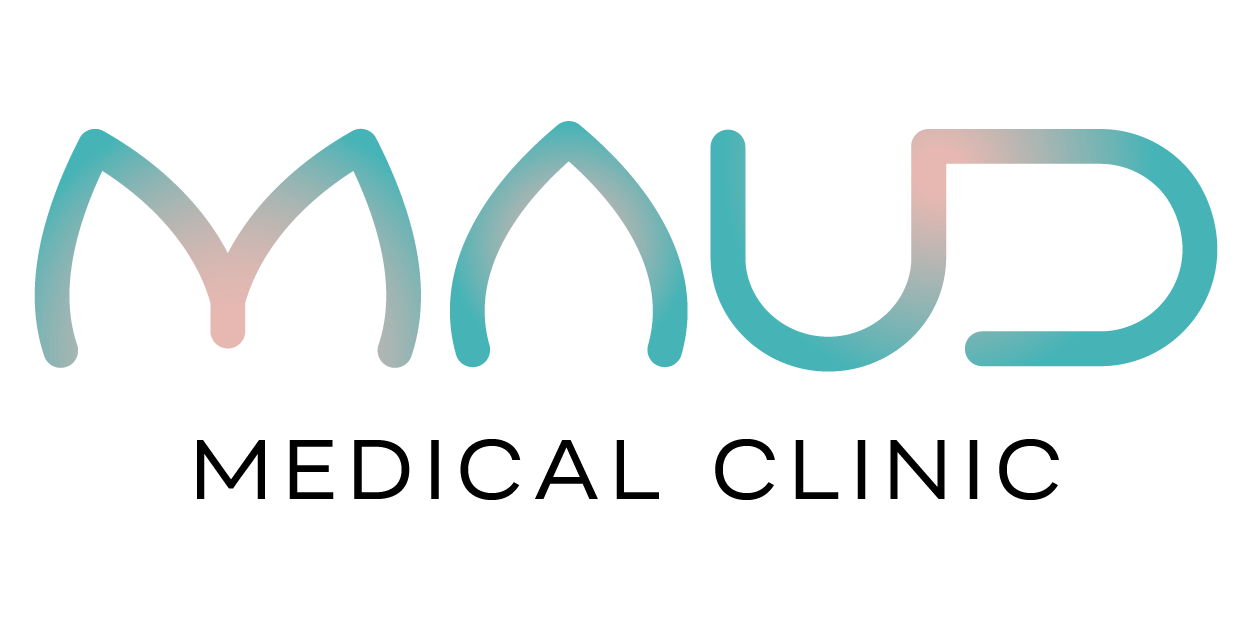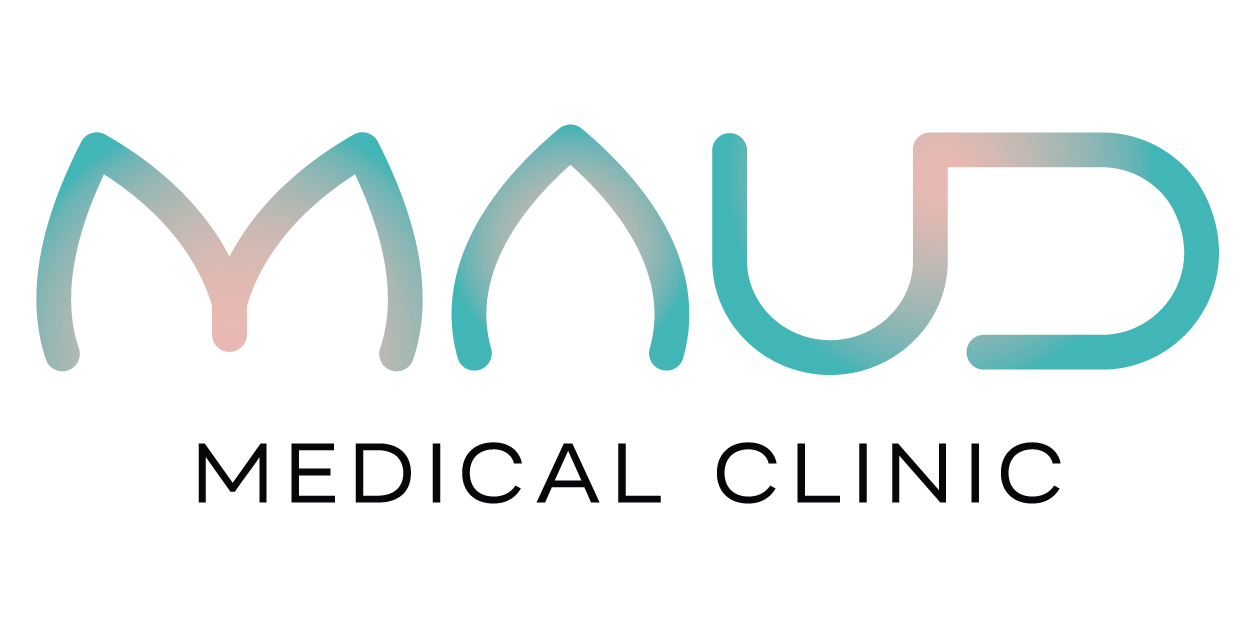Lichen Sclerosus
WHAT IS IT?
Lichen sclerosus is a relatively common skin disorder that causes white patches of skin to develop. It can affect men and women. It can occur anywhere on the body but often involves the skin surrounding the genitilia and anus. It is not contagious.
WHAT CAUSES LICHEN SCLEROSUS?
There is no known cause of lichen sclerosus, but it is likely an autoimmune condition. Sometimes there is a family history of this skin condition. In women, it is often seen during menopause or before puberty but can occur at any age.
WHAT ARE THE SYMPTOMS?
The main symptom is itch and an urge to scratch the skin, although some women do not experience any symptoms.
Lichen sclerosus usually causes the skin to become white, thin and crinkled. There is often a “figure of 8” pattern around the vulva and anus. The skin may crack or tear which causes discomfort when urinating or having bowel movements. Many women experience sexual discomfort and may be unable to have comfortable sexual penetration.
With long standing inflammation there may be eventual changes to the appearance of the vulva. For example, the small hairless lips can thin and flatten, and the glans of the clitoris becomes hidden under the skin. The large hair bearing lips may stick together and entry to the vagina (not the vagina itself) may become narrowed resulting in difficult inserting anything into the vagina.
HOW DO YOU DIAGNOSE THIS CONDITION?
Often the presenting symptoms and the physical appearance of the vulva are enough for an expert to make a diagnosis. However, a skin biopsy may be needed to make a definite diagnosis. A skin biopsy is done in the office under a local anaesthetic.
HOW DO YOU TREAT LICHEN SCLEROSUS?
It is important to practice appropriate skin care and vulvar hygiene. The most successful treatment are topical steroid ointments. This will reduce the inflammation and heal the skin. Sometimes surgery is needed to correct the changes to the vulvar architecture.
Your physician may recommend one of the following topical steroid ointments:
Mometasone Fourate 0.1%
Clobetasol Propionate 0.05%
It is recommended to use these treatments for a 3 month period as follows:
First Month
Once at day (morning or night), apply a thin layer of the ointment to the affected areas, not forgetting the skin around the anus if this is involved too. Your symptoms should be greatly improved after 1 month
Second Month:
Apply on alternate nights.
Third Month:
Apply twice a week. You should follow up with your physician after you have finished the 3 months of treatment.
After 3 months of therapy, you should only need to use your ointment 2-3 times per week. It is highly recommended that you continue to use the medication. This is a chronic skin condition that can not be cured but can be well managed. Regular use of this medication will result in better symptom control, prevent further changes to the skin, and may reduce your risk of developing a skin cancer.
WHAT DO I DO IF I HAVE A FLARE UP?
Flare ups are common. Please follow the skin care recommendations to decrease the likelihood of this happening. If you have an increase in itch, restart a daily application for 1-2 weeks until your symptoms resolve. If the symptoms do not resolve after one week of therapy, and or your symptoms increase, stop your medication and see a doctor – you may have another issue (For example, a yeast infection). Once your symptoms improve go back to regular 2-3 times per week application. It is important to note that you should use daily therapy for any longer then 4 weeks at at time. There are alternative medications if the steroid medication is not helpful (for example, topical tacrolimus).
WHAT ARE THE GOALS OF THIS TREATMENT?
The goals of therapy are:
Improve your daily symptoms so that you are comfortable and the skin condition does not interfere with your activities
Heal the skin – fissures and erosions will clear (whitening may regress but it may remain)
Prevent further changes to the skin and vulvar architecture.
SOURCES:
(1) BC Centre for Vulvar Health - Lichen Sclerosus

